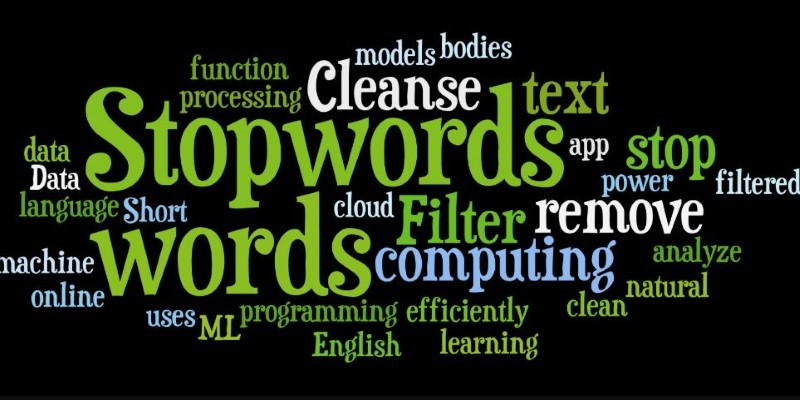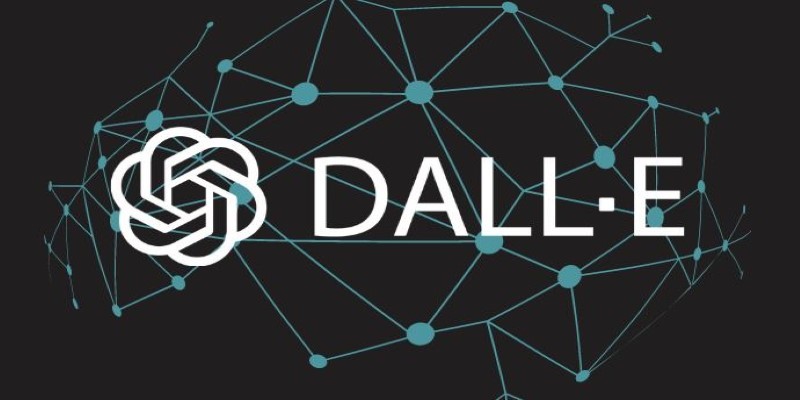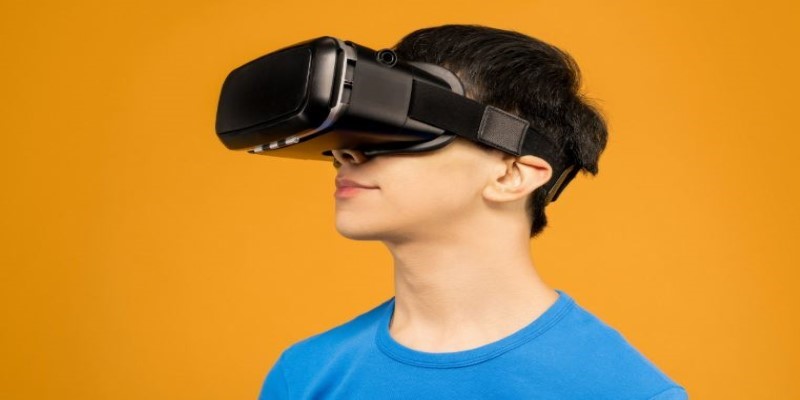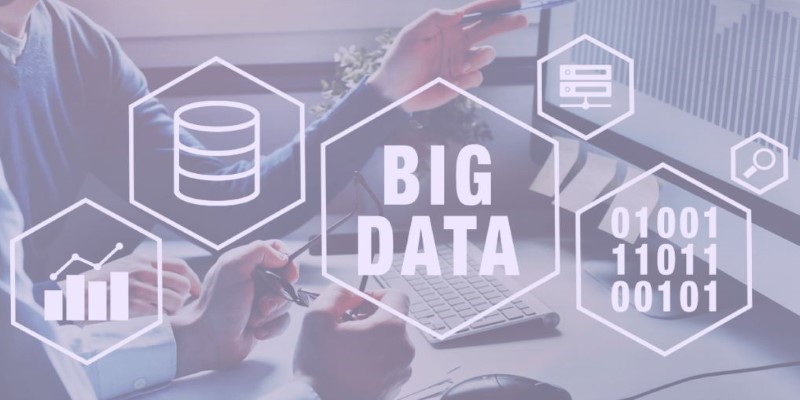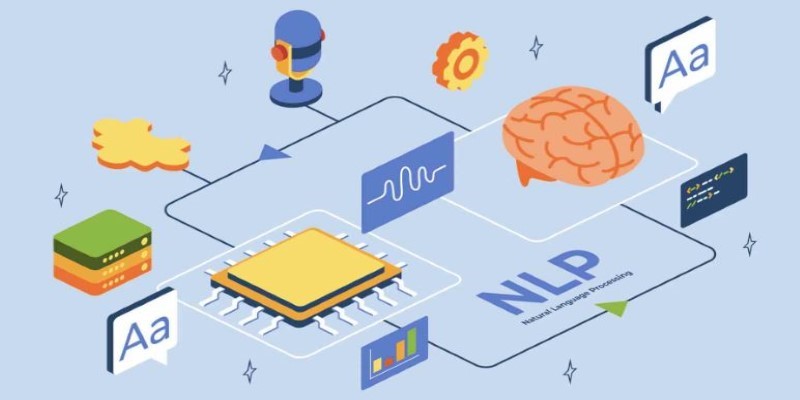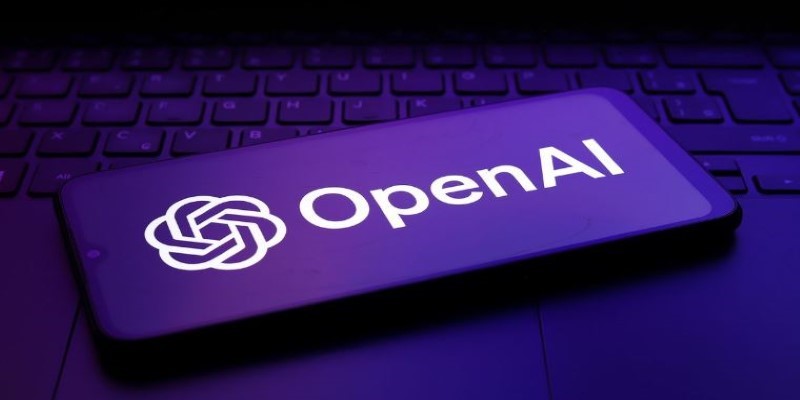Facial recognition is a technology that identifies or verifies a person’s identity based on their facial features. It works by analyzing unique patterns in a person’s face, such as the distance between the eyes, the shape of the jawline, and other distinguishing characteristics. This technology has grown rapidly in recent years, finding applications in security, law enforcement, marketing, and even everyday smartphone use.
While facial recognition is often associated with convenience and efficiency, it also raises concerns about privacy and ethical use. Understanding how it works, its benefits and its risks can help create a clearer picture of this powerful technology.
How Facial Recognition Works?
Facial recognition technology follows a structured process to identify or verify individuals. First, it captures an image of a person's face using a camera. This can be a still photo or a video feed. The software then detects the face in the image, isolates it from the background, and identifies key features. Once detected, the system maps the facial features using biometric measurements. These include distances between the eyes, nose, and mouth, as well as the contours of the face. The next step involves converting these measurements into a digital template, which is then stored or compared against a database of known faces.
One of facial recognition's key strengths is that it is fast. Unlike iris scans or fingerprint scans, which involve direct contact, facial recognition operates from a distance. This is particularly suitable for security screening at airports, smartphone unlocking, and surveillance in public areas. It relies on variables such as lighting, image quality, and expression. The precision of facial recognition technology has been greatly enhanced with the use of artificial intelligence, particularly deep learning algorithms, which enable systems to identify faces even under suboptimal conditions.
Though the technology is impressive, it is not infallible. It can make mistakes, particularly when identifying subjects from multicultural ethnic groups or low-resolution images. These limitations emphasize continuous upgrades and cautious deployment to prevent misidentification and prejudice.
Applications of Facial Recognition
Facial recognition has become a prevalent technology across several industries, enhancing security, efficiency, and customer experience. One of its most common applications is in personal device security, where smartphones and laptops use facial recognition to unlock devices, adding an extra layer of protection and convenience.
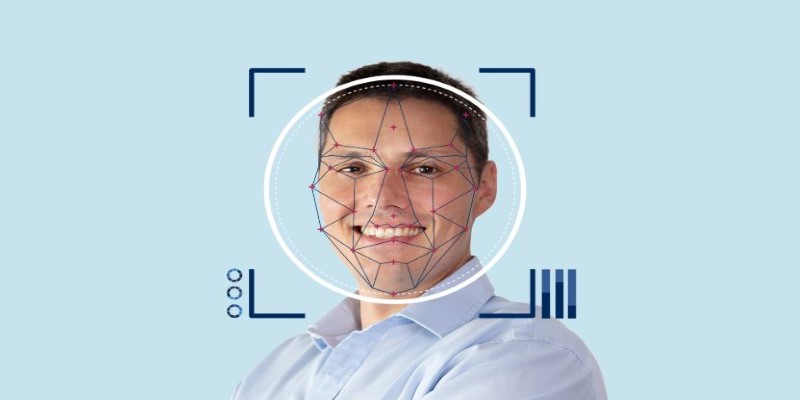
In law enforcement, facial recognition assists in identifying suspects and locating missing persons. Police use it to match images from security cameras with criminal databases, helping speed up investigations and improve public safety. However, concerns over wrongful arrests due to inaccuracies, especially when identifying people of color, have sparked debates about its fairness in policing.
The retail and marketing sectors also utilize facial recognition to enhance customer experiences. It analyzes customer demographics and shopping patterns, personalizing advertisements. Some stores even offer seamless checkout experiences, where customers can pay simply by scanning their faces.
Airports and border security have adopted facial recognition to streamline travel, reducing the need for physical passports or boarding passes and speeding up security checks.
Despite its benefits, facial recognition raises concerns about privacy and mass surveillance, as some governments track individuals without consent. As the technology evolves, finding a balance between security and privacy remains an ongoing challenge, requiring ethical considerations to ensure responsible use.
Ethical and Privacy Concerns
Facial recognition technology raises significant ethical and privacy concerns. One of the main issues is the potential for mass surveillance, where governments and corporations could track people’s movements and activities without their knowledge or consent. This raises questions about how much privacy individuals should sacrifice for the sake of security and convenience.
Another concern is data security. Biometric data stored in facial recognition systems can become a target for hackers. If a facial database is breached, it could lead to identity theft or unauthorized tracking. Unlike passwords, facial features cannot be changed, making such breaches particularly concerning.
Bias in facial recognition systems is also a significant issue. Research has shown that some systems struggle to accurately recognize people of color, leading to wrongful identifications and arrests. This is often due to a lack of diverse training data and highlights the need for more inclusive datasets and better algorithm refinement.
The legal framework for facial recognition is still evolving, with some regions banning or limiting its use, especially in law enforcement. Transparency in how biometric data is collected and used is crucial. Despite these challenges, companies are working to improve accuracy, reduce bias, and give individuals more control over their facial data, shaping the future of the technology.
The Future of Facial Recognition
Facial recognition technology is here to stay, and as it evolves, its applications will continue to expand, bringing both advantages and challenges. Advanced AI models are improving the accuracy, reliability, and fairness of facial recognition systems. Researchers are also working on privacy-focused systems that can identify individuals without storing sensitive data.
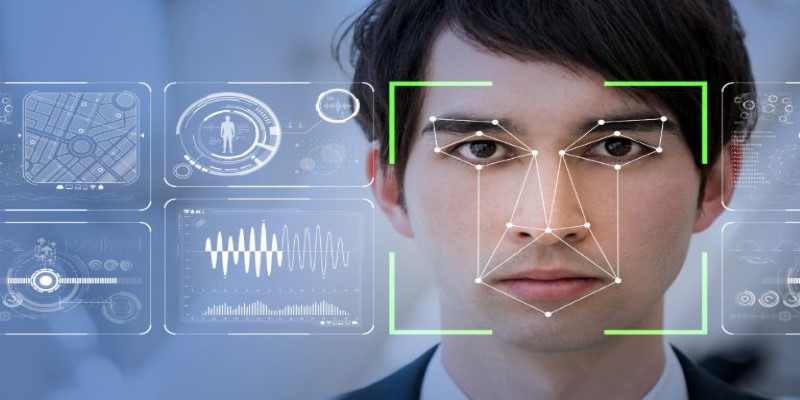
In the future, facial recognition could play a role in healthcare by streamlining patient check-ins and ensuring quick access to medical records. Companies may also use it to create personalized experiences, like recognizing customers and greeting them by name.
As facial recognition becomes more widespread, stricter regulations are expected. Governments are considering laws to protect individuals from surveillance and data misuse. Public awareness is growing, prompting conversations about ethical AI use and responsible development. Understanding facial recognition's benefits and risks is essential for individuals moving forward.
Conclusion
Facial recognition technology has transformed how we interact with the world, enhancing security, convenience, and efficiency. While it offers quick identity verification across various sectors, it also raises ethical concerns, such as privacy issues and bias. As technology advances, debates on its societal impact will intensify. Striking a balance between security and personal freedom is crucial. Ultimately, the responsible use of facial recognition will determine whether it proves beneficial or harmful to individuals in the future.



